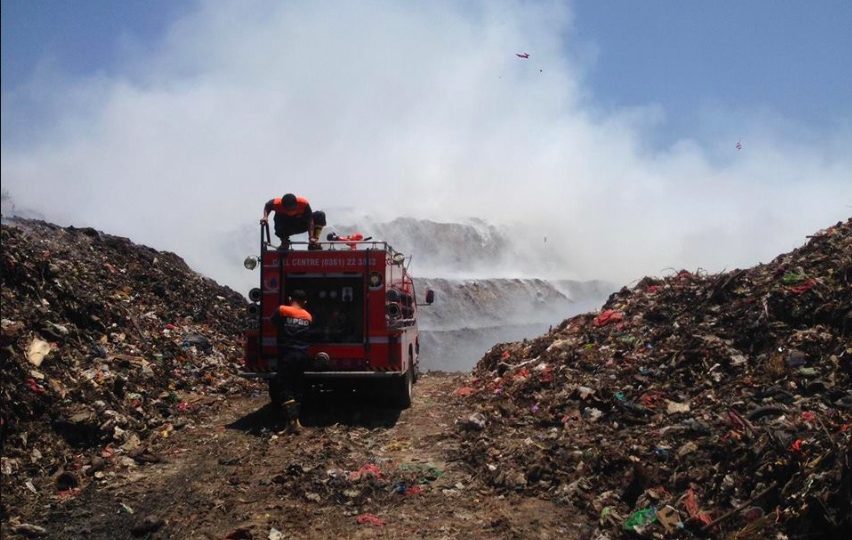The plan to build a waste-to-energy plant (PLTSa) at the Suwung landfill or ‘final disposal site,’ (TPA) in Serangan, continues to move forward. With construction for the project expected to start at the end of 2019, authorities are currently carrying out a feasibility study, according to an article by Bali Post.
Speaking yesterday, Bali Governor Wayan Koster said that, in addition to the ten hectares initially set aside for plant, a further 1.4 hectares of land, currently home to mangroves, would have to be utilized to make way for the new project.
With landfill space reduced due to construction, Koster says the extra land would be utilized as a temporary garbage collection site as trash continues to pile up by 1000 tons each day.
“Even though there are pros and cons, we have applied to the Ministry of Forestry for the permit,” said Koster, as quoted in Kumparan. If the paperwork goes through, the Bali government has pledged to plant more mangroves in other areas.
“The land [for the power plant] must be expanded because it is insufficient…But in other places, we will add 2.8 hectares [of mangroves],” said Koster, as quoted in Bali Post.
Koster also expressed his intention to carry out an environmental impact analysis study on any incinerators used within the plant. By all accounts, the governor is aware of the potential environmental impact of such a facility but said it was now the only way to stem the growth of the garbage mound.
“If left unchecked, the pile of rubbish at the Suwung Landfill is predicted to be as high as 18 meters by 2021,” he said, as quoted in Kumparan.
According to Bali Post, the managing of waste via the use of incinerators is new to Indonesia and if adopted, the Suwung model will follow Japanese, Korean, Chinese and Taiwanese technologies.
The plan is for the construction to be carried out by two state-owned companies, Indonesia Power and Waskita Karya. In addition, Koster says that the services of specialist consultants from France will also be utilized to try and minimize any negative impacts.
It is estimated that the PLTSa will be fully operational by 2022.





Reader Interactions